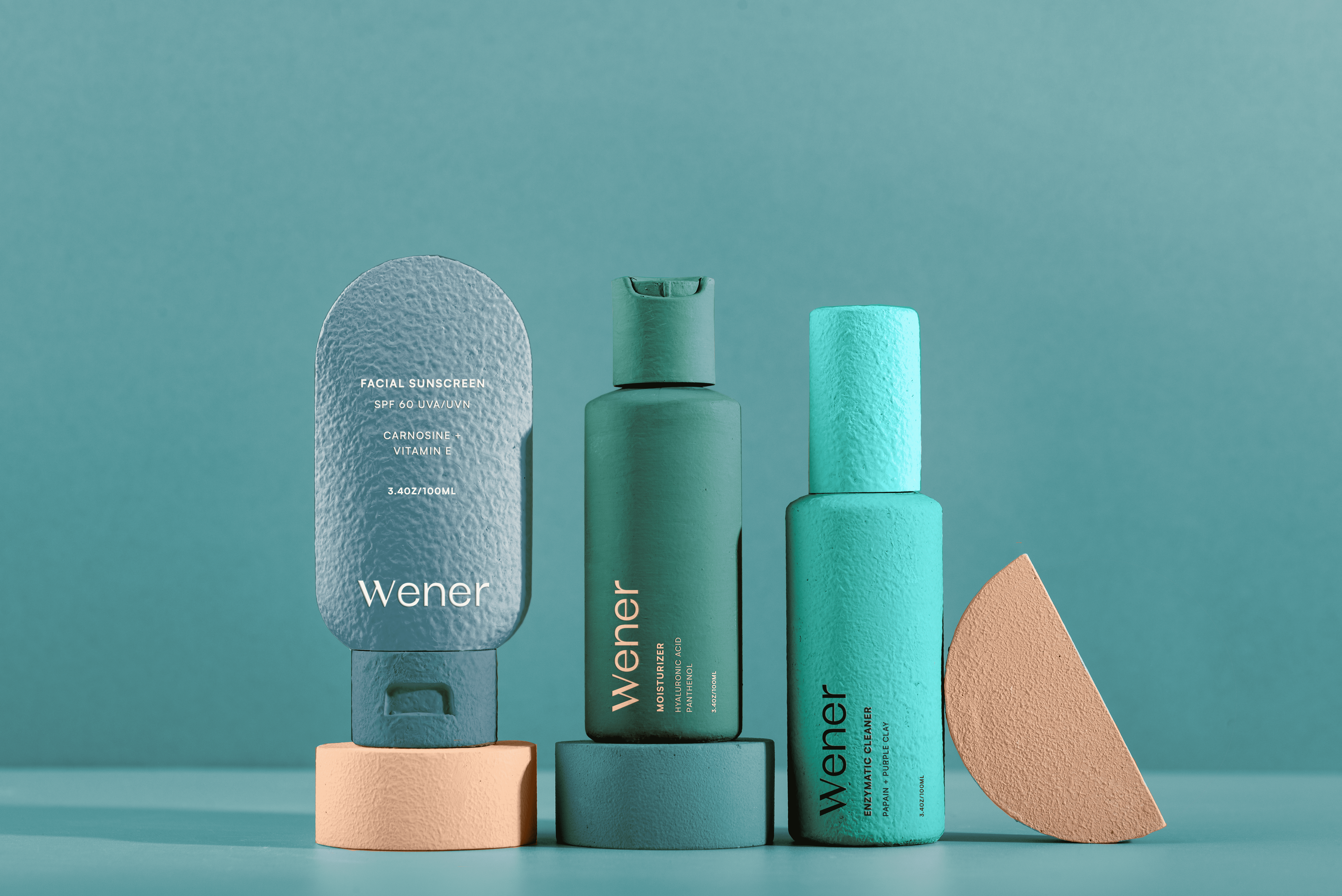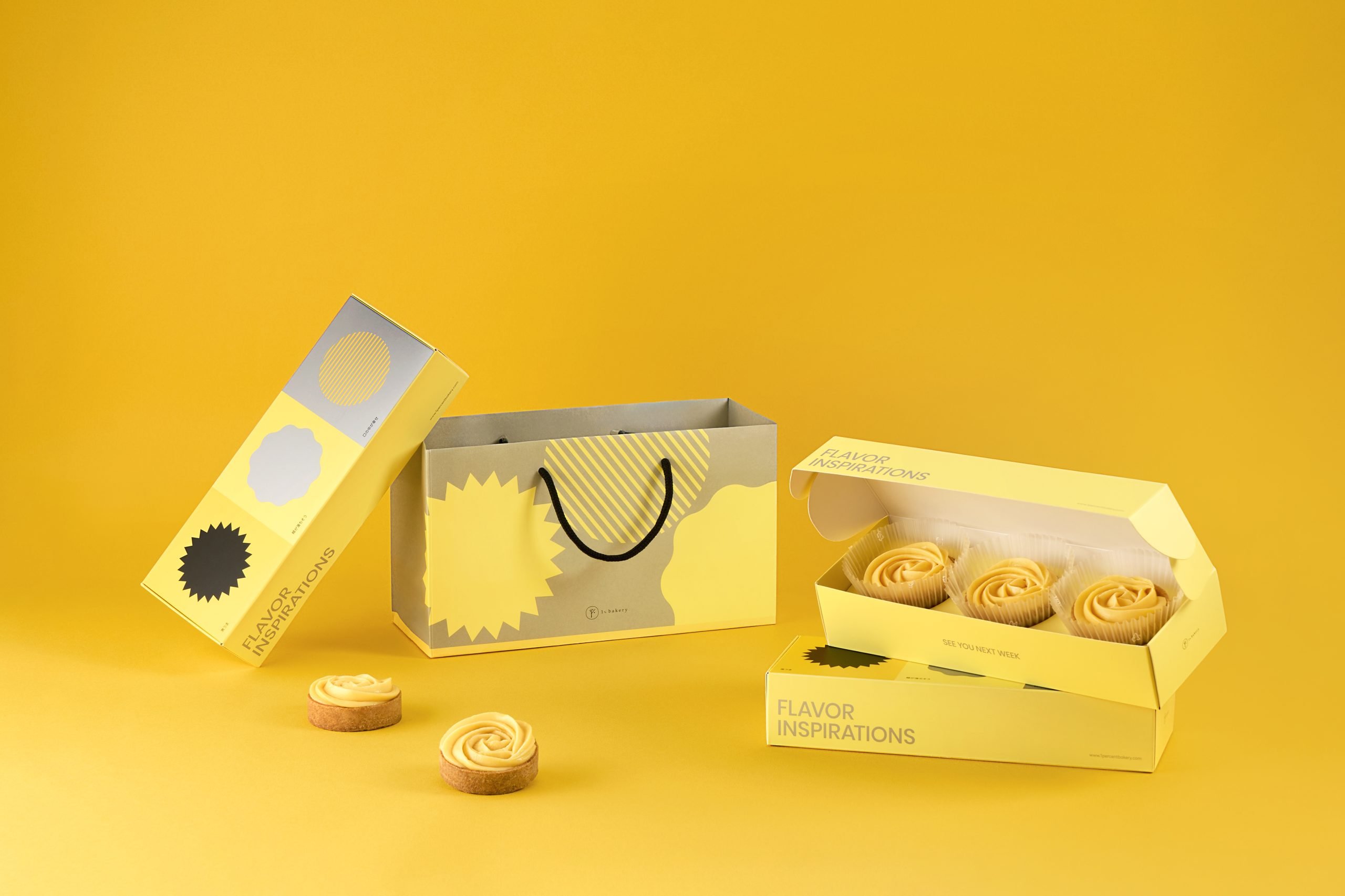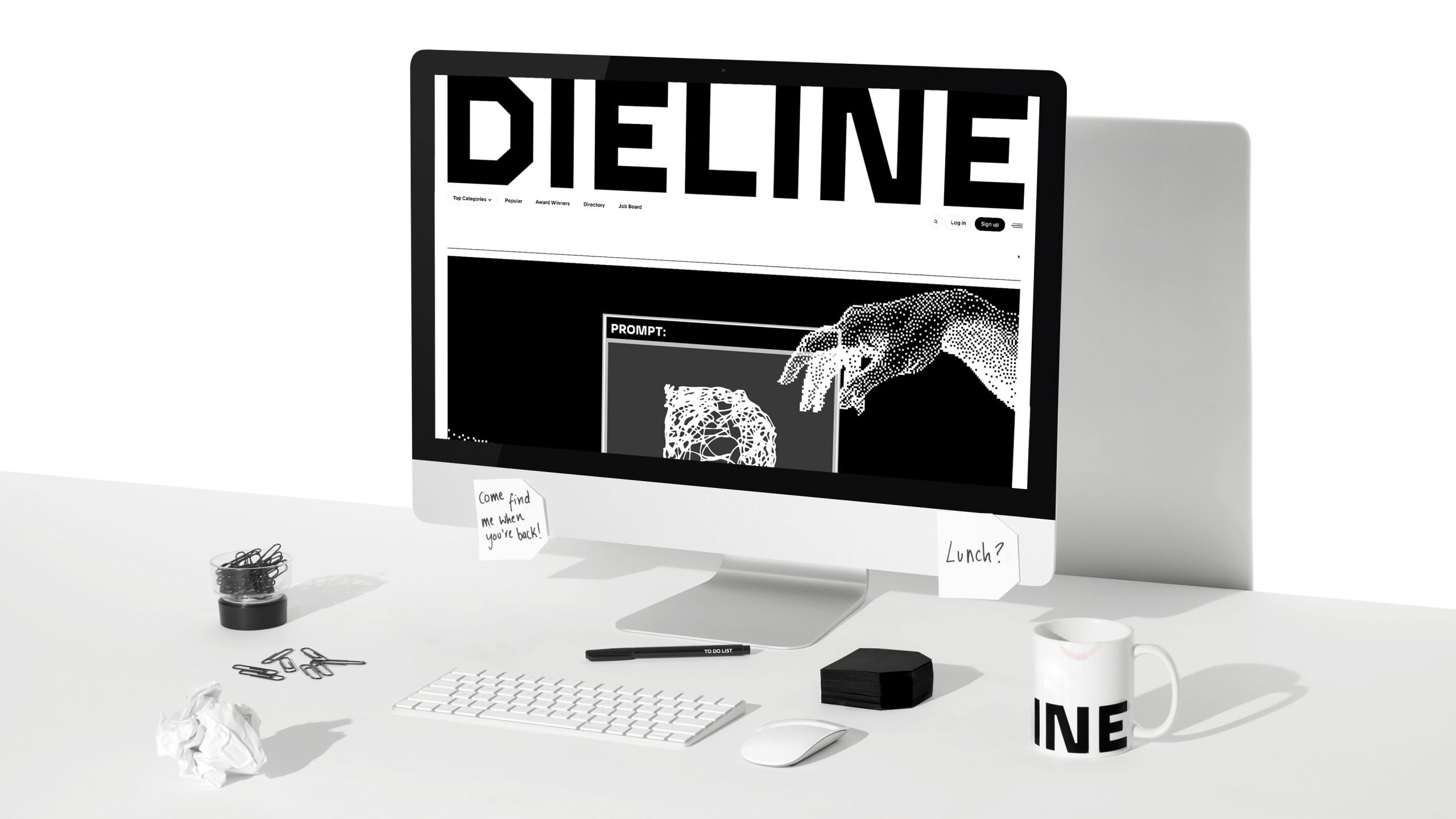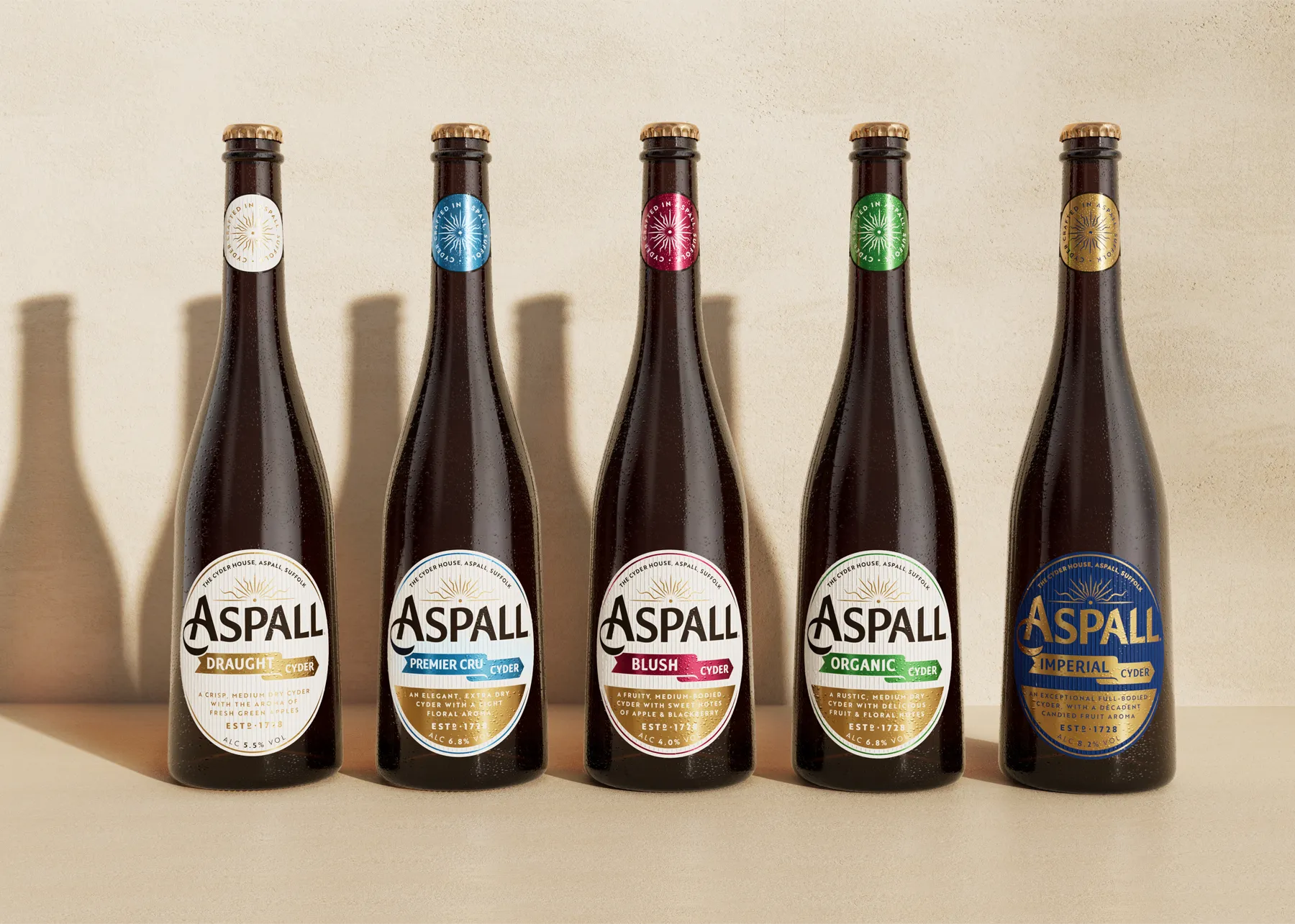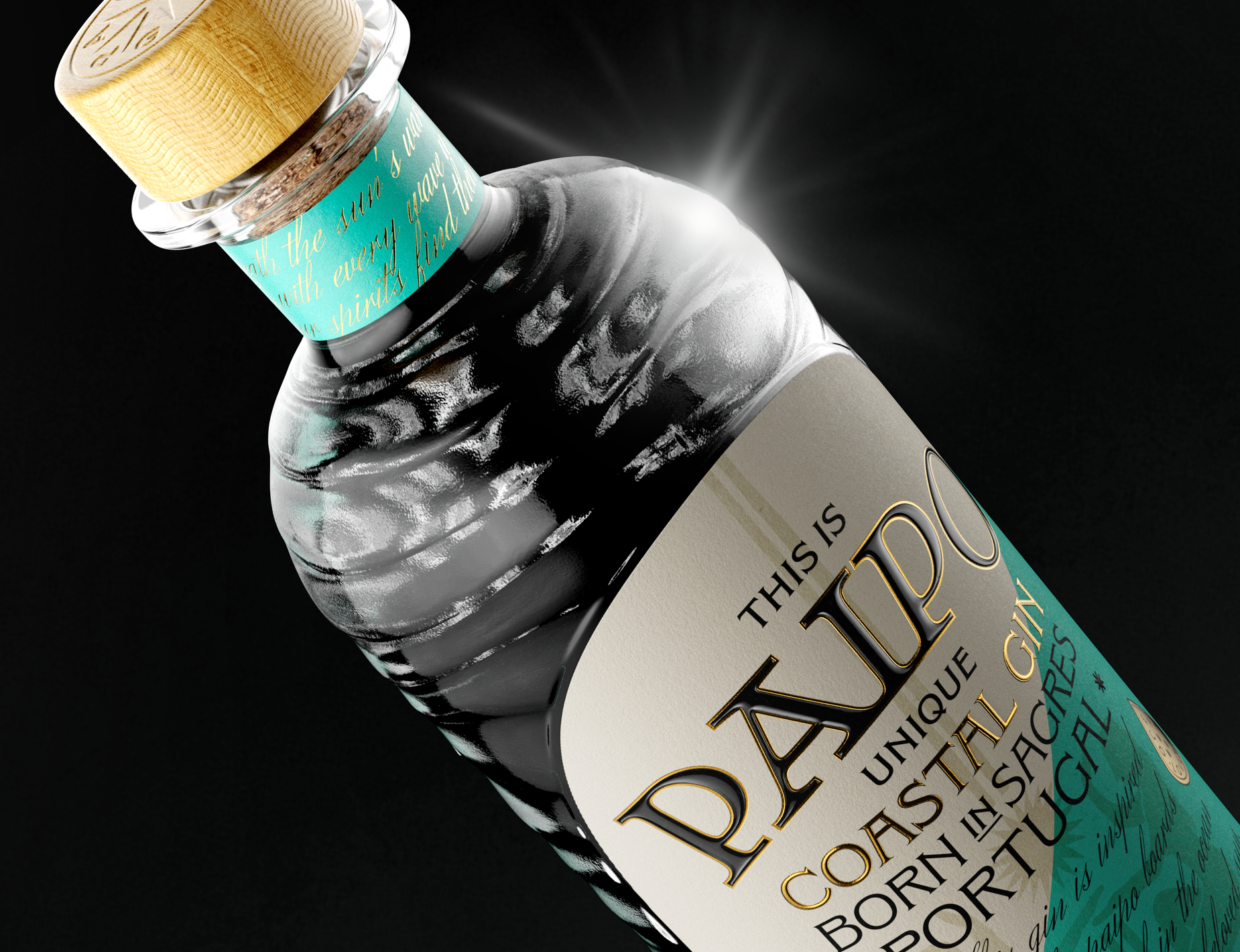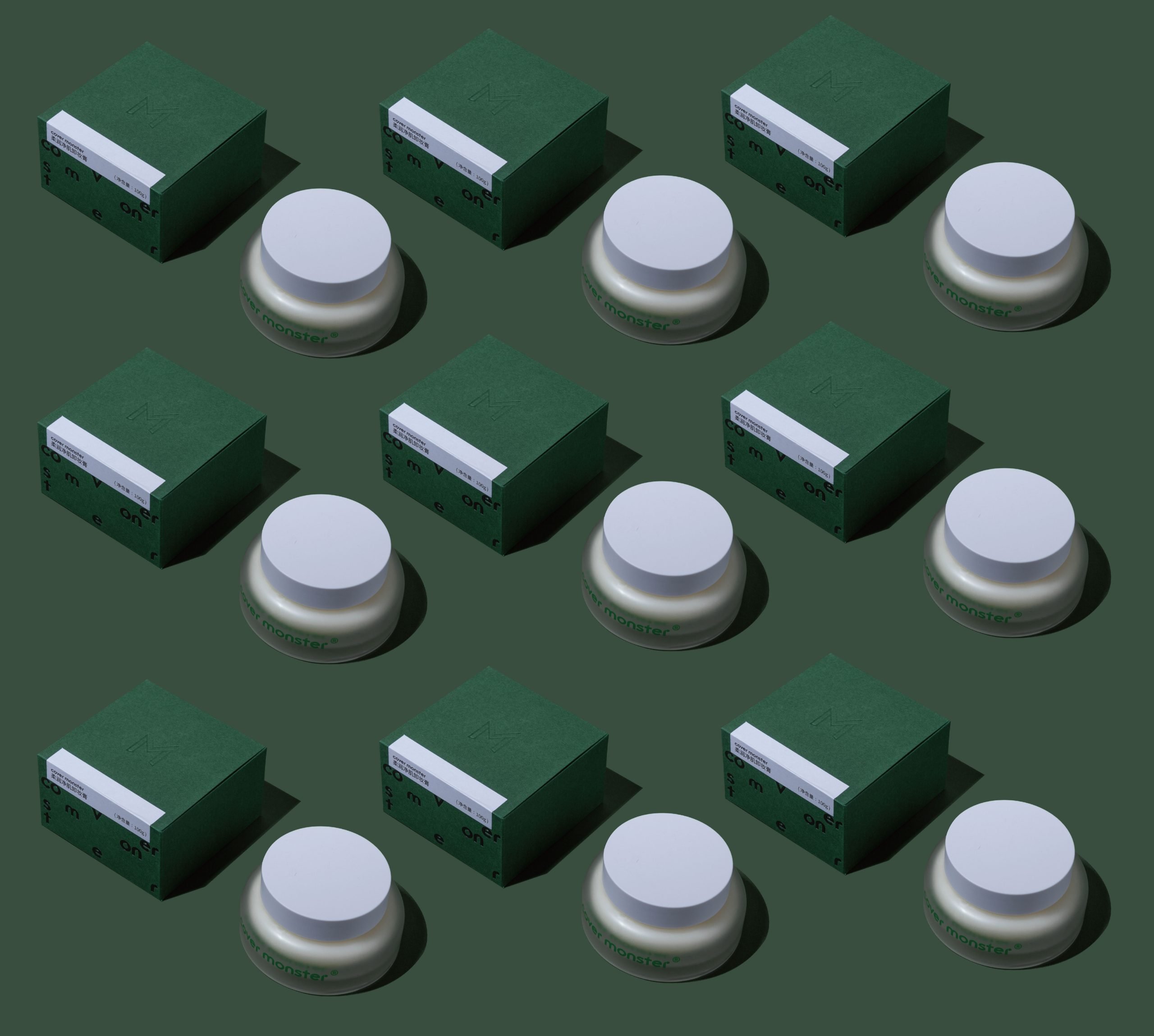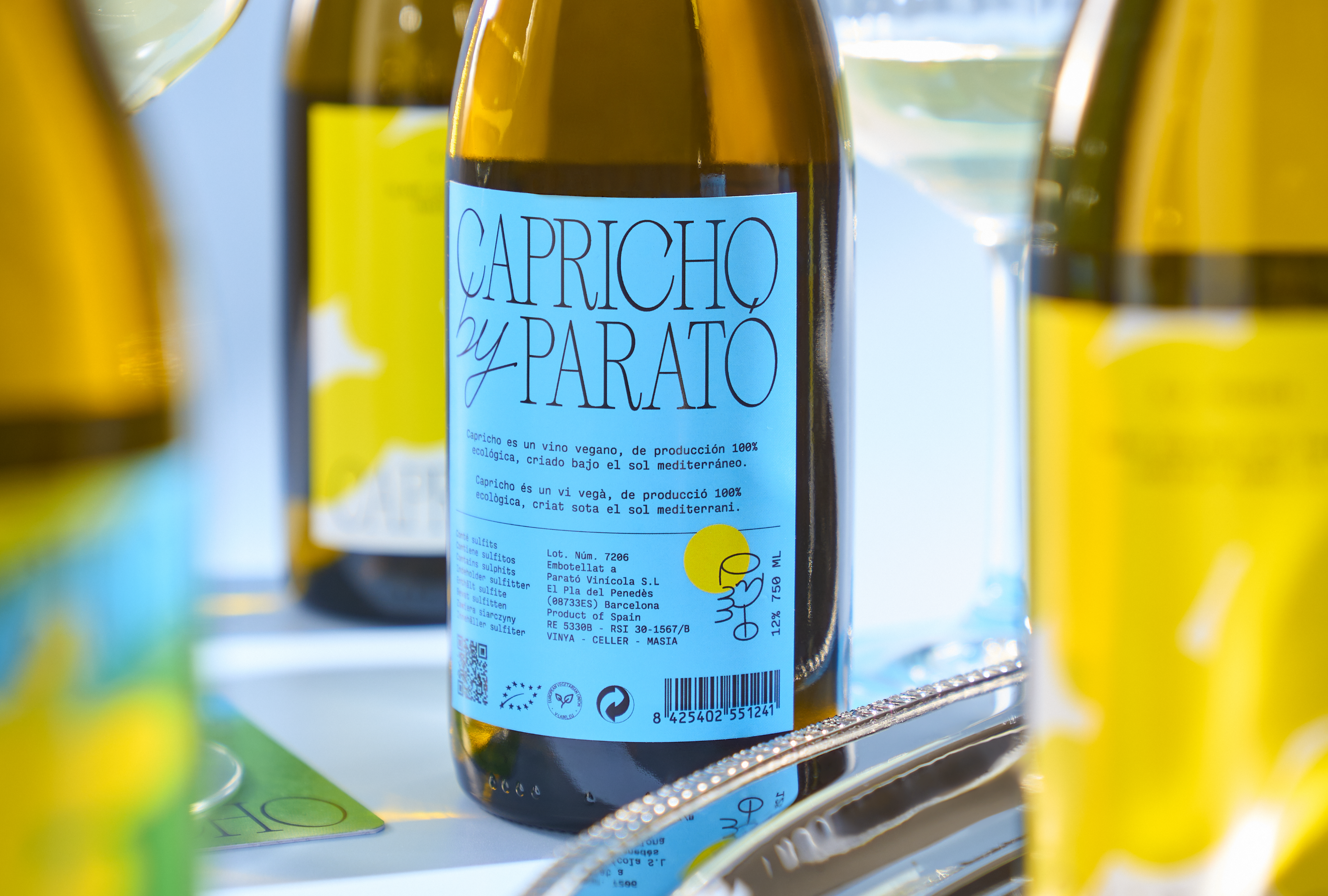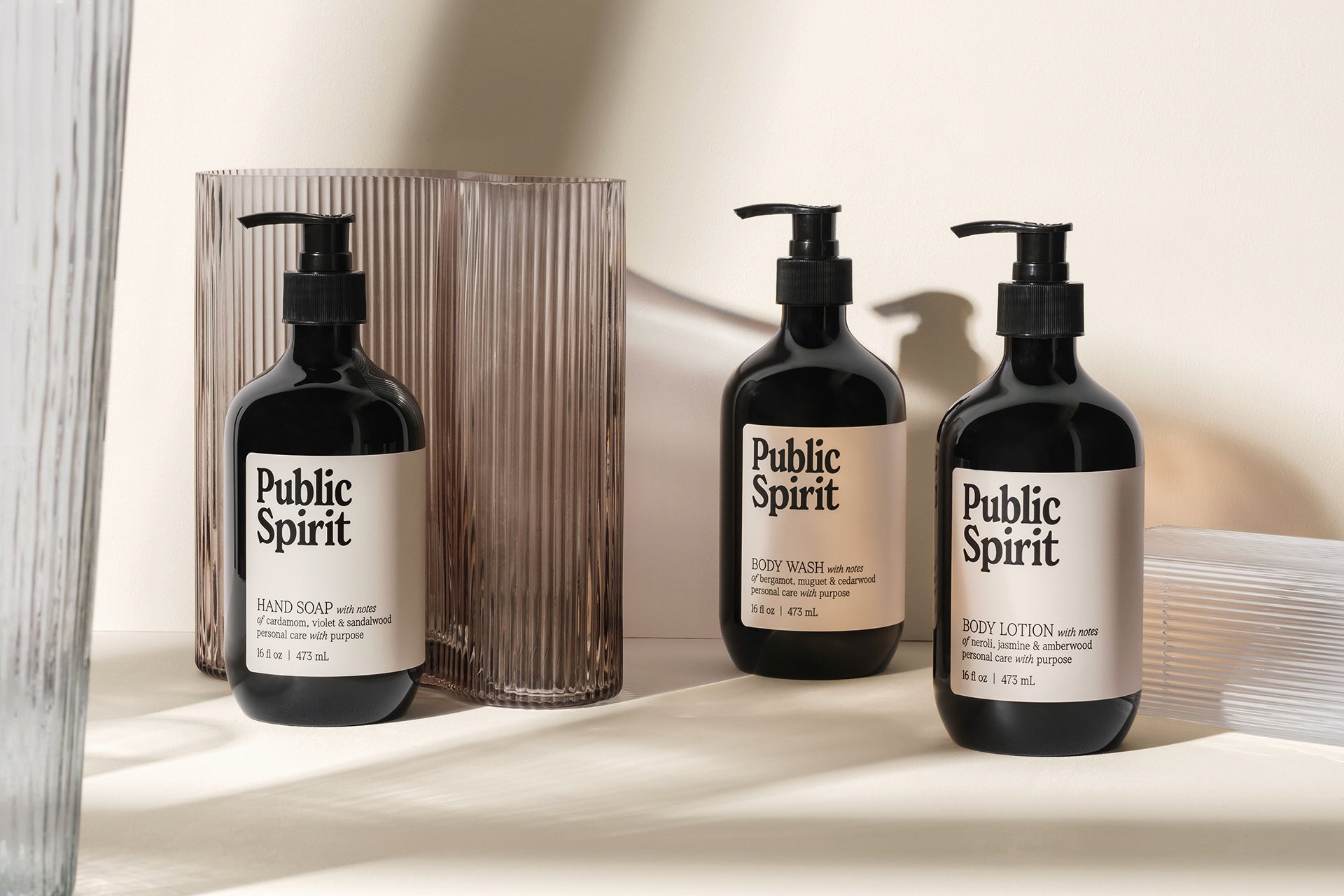If we could all have the confidence, poise, and drive of Pum Lefebure, what
could we then achieve? If her own success is any indication, the answer
might be, well, just about anything.
Pum has a few cards stacked against her—she’s an immigrant and a
woman, and those identifying as caucasian and male dominate the
industry. Still, she talks about her life and experiences with a
bit of an effortless cool. It’s as if she always knew her actions
would lead her where she is today as co-founder and Chief Creative
Officer of Design Army, a visionary agency whose vibrant work you
might recognize from Harper Macaw’s chocolate or the Mocktail Club.
Pum grew up in Bangkok, Thailand, and arrived in the United States during
her senior year of high school as an exchange student. She felt an intense
sense of duty to represent her home country, even though she wasn’t
proficient in English. Art was a subject where she could shine—“I’ve been
an artist all my life,” Pum confessed—but she knew she had to put in the
extra effort to get good grades in all of her classes.
“Imagine me trying to learn U.S. government,” she said. “What does
‘liberty’ or ‘House of Representatives’ mean in Thai?”
Pum’s
Home Office
This was before computers were everyday amenities, so she looked everything
up in physical books, and then she had to make sense of it and memorize it.
“It was a lot,” she added. “It used to take me forty-five minutes to read
one page because every word had to be translated.” The hard work paid off,
though—Pum earned a partial scholarship to Radford University where she
studied graphic design.
When Pum was growing up in Thailand, her mother taught her to be observant
of the world around her and to think ahead, always. “I’d sit in the car
while she’d drive home and she’d be like, ‘It’s three minutes until we get
home. Why don’t you take the key out and put your shoes on and prepare so
the minute the car arrives, you can get out?’” she recalled. “My mom taught
me that time is the most precious thing not to be wasted, and to always
think about the next step.”So what was Pum’s next step after heading to
Radford? An internship, of course, and she was more than prepared.
After sending in a handmade, black and velvet resume which “cost a
fortune,” Pum called D.C.-based Supon Design Group in the hopes of landing
an interview over her spring break. “After the interview, I got hired on
the spot,” she mentioned matter-of-factly. “I interned for a semester, went
back and finished school, and they hired me after I graduated.”
Just like any young graphic designer right out of college, she had big
dreams of working her way up the design ladder. Not being a U.S. citizen,
though, added stress.
There’s also pressure to perform so you can remain in the country on a work
visa when you’re in that situation. “In order to stay here legally, you
have to be so outstanding that the company can’t live without you;
otherwise, they’ll just hire anybody.”
So to have the future she desired, Pum told herself she needed to work
harder than anyone else. She was often one of the first people to show up
to work, and one of the last to leave—sometimes staying as late as 2 am
waiting for Photoshop renders or finishing sketches.
During nearly eight years there, Pum worked her way up at the agency:
Intern, Designer, Senior Designer, Art Director, and eventually a Senior
Art Director. When the owner ended up selling the studio to an ad agency,
hundreds of people were fired in one day alone—layoffs which Pum survived.
“Layoffs are horrible for both sides,” Pum mentioned. “There is crying and
drama, and if you stay, then there’s guilt. And, then there’s the
realization of, oh shit, now I have more stuff to do. Morale is really
difficult, too.”
It was around this time that Pum and Jake Lefebure, her husband and Design
Army co-founder, decided to branch out and start their own business. The
worst that would happen, they figured, is it wouldn’t work out, and they’d
find other jobs elsewhere.
Here was the plan: Jake would work full-time on their newest endeavor while
Pum would work at another agency for the next year until things picked up.
It only took three months, though, before Design Army became the sole focus
for both of them.
“It worked in part because we had connections,” Pum explained. “We didn’t
have a site for a whole year. Even though we’d worked on big design stuff,
like IBM, Coca-Cola, and the United States Postal Service, we wanted to
start fresh. We wanted to be that new kid on the block; we wanted to create
a new point of view.”
It also worked in part due to “pure luck,” according to Pum—or more
specifically, a yard sale.
Before landing two of their big accounts, they moved to a new house, got
married, and had a yard sale. “I designed this Gucci-looking ad yard sale
flyer,” Pum stated, “and this guy shows up at 3 pm when we’re closing. And
he’s like, ‘I’m not here for the yard sale, I’m here to find who designed
this flyer.’”
He and his partner were starting a new consulting company, and they wanted
cool designers to work on brand identity and websites. Pum and Jake later
found out that he was in President Bill Clinton’s inner circle, and she
described him as a human Rolodex. He’d hand out Pum’s business cards to
friends and colleagues, inadvertently promoting Design Army’s work.
“That led us to work with the Human Rights Campaign,” Pum added, “and it’s
how we landed The Washington Ballet, who’s still our client today.”
The journey for Design Army may sound like an easy one, but Pum experienced
challenges just like any new business owner. She emphasized how vital it is
to be good at everything.
“You can’t just be good on the creative side,” she advised, “you have to be
smart on the financial side. When we were looking for an office, we
considered areas that were up-and-coming. H Street back then wasn’t cool
and was kind of rough, but now they there is a Whole Foods nearby. That was
a smart business decision because now we own our building.”
Design Army—a studio where, today, over half of the employees are female
and over half are immigrants—is entering what Pum calls 3.0. During their
first phase, they worked in graphic design to do logos, brochures, and book
design. Then 2.0 was art direction, photo shoots, and projects on location.
Now, the brand projects they develop require them to dig deeper with their
clients.
“With Neenah, we relaunched the
Neenah classic brand with a campaign strategy,” said Pum. “We were hired to
work on research and development, to create colors and textures. We do the
same thing for the Ritz-Carlton—we helped them create a program, sort of
like a workbook of designs.
“It’s much bigger thinking and much more in-depth design work than just the
execution itself.”
The words and the work of Pum Lefebure reflect the personality of someone
who is sure of herself—someone who doesn’t just think she can have it all
but who knows she can if she’s willing to put in the effort. But even with
the immense success of Design Army, she hasn’t fooled herself into thinking
all the hard work is complete. In fact, when asked what her guiding words
are for 2019 and for the future, she responded: Rethink Everything.
“We live in a world where what we do today may not be relevant six months
from now,” she mused. “If you cling to ‘now’ and celebrate victory from the
past, you’ll always get behind. We can’t be a top agency if that’s all we
do.
“I never think we are at the top of our game. We always have to keep
climbing to the top of the mountain. We have to outdo ourselves.”
Design Army at HOW Design Live / Dieline Conference.
Join us May 7-10 in Chicago.
Register Today for HOW Design Live
About HOW
Founded in 1985, the HOW brand began its life as a print magazine. Today the brand has grown to encompass a host of products and events including several design competitions, HOW U’s online design courses, design books (available at MyDesignShop.com) and, of course, HOW Design Live. Whether you work for a design firm, for an in-house creative department or for yourself, it’s our mission to serve the business, creativity and technology needs of graphic designers.
